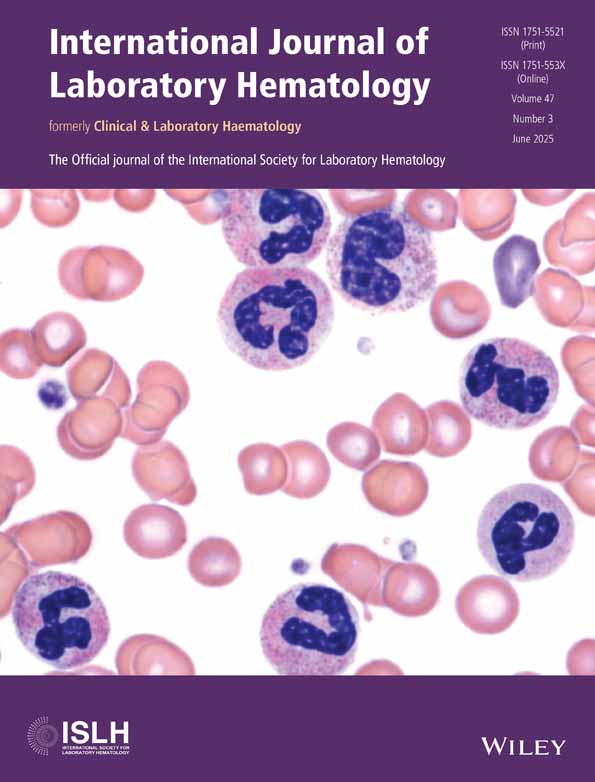Idiopathic Mild Platelet Dysfunction: Baseline Characteristics and Clinical Courses
Funding: This work was supported by the Thai Society of Hematology, Ratchadapiseksompotch Fund, Graduate Affairs, Faculty of Medicine, Chulalongkorn University (Grant No. GA65/61).
ABSTRACT
Introduction
The causes of nonsyndromic platelet storage pool disease are still unclear, and whether they are of genetic or acquired origin remains to be defined. The study aimed to describe the characteristics and natural history of this disorder.
Methods
This mostly retrospective cohort enrolled adults presenting with bleeding from platelet dysfunction. Platelet glycoprotein defects, von Willebrand disease, syndromic inherited platelet disorders and known acquired platelet dysfunctions were excluded. Available patients were retested by lumiaggregometry (Chrono-Log) over 1 year after the initial diagnosis.
Results
There was a total of 56 patients; 91% female, with a median diagnostic age of 28 years (interquartile range [IQR]: 24.5–38.5). The subnormal responses to ADP, epinephrine, collagen, and arachidonate were found in 91%, 82%, 55%, and 34%, respectively. Nineteen patients had von Willebrand factor levels measured. Twenty-three subjects underwent repeat tests. Twenty-one of them were female (91%), with a median age and follow-up time of 37 years (IQR: 28–55) and 6 years (IQR: 3–12), respectively. Median ISTH-BAT bleeding scores at diagnosis and follow-up were 5 (IQR: 3–8) and 1 (IQR: 0–2), respectively. The common abnormalities were reduced responses to ADP combined with other agonists (83%). Twelve (52%) and five (22%) showed complete and partial platelet function recovery, respectively. None of the partial and non-recovery groups had a bleeding score over 4 at follow-up.
Conclusions
Idiopathic mild platelet dysfunction was female-predominant and showed spontaneous symptom resolution after a long follow-up. Platelet function recovery was observed in most cases. Exogenous factors triggering this condition remain to be identified.
Conflicts of Interest
The authors declare no conflicts of interest.
Open Research
Data Availability Statement
The data that support the findings of this study are available on request from the corresponding author. The data are not publicly available due to privacy or ethical restrictions.




